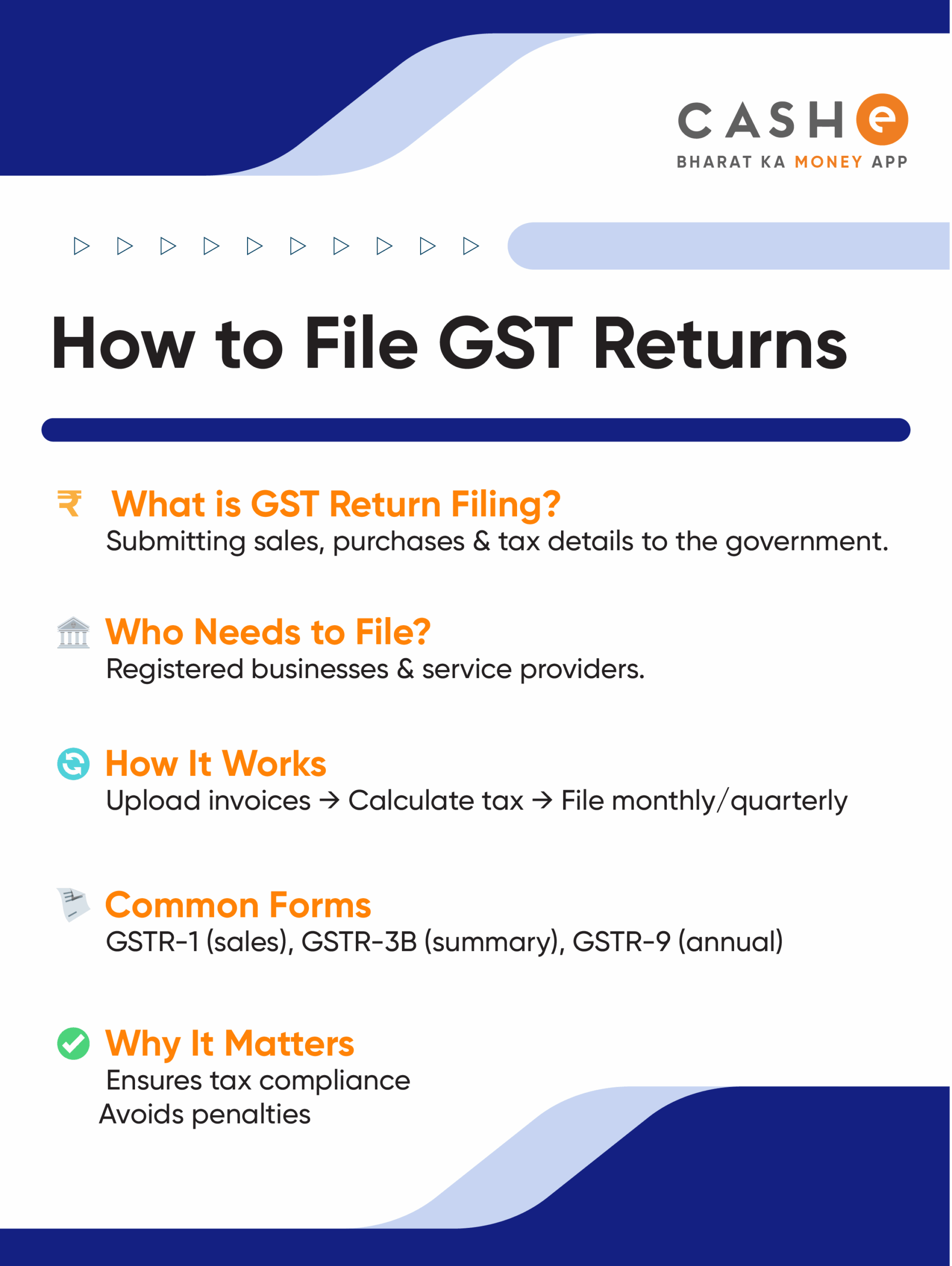The government offers various schemes to help us, whether it is for education, healthcare, housing or retirement planning. One such helpful initiative is the National Pension Scheme (NPS), designed to ensure you have enough money to live comfortably after you retire. Here, you can save money slowly and gradually during your working years. And by the time you retire, this money grows into a fund that would provide you with a regular monthly pension. You can avail benefits of the National Pension Scheme, whether you are a salaried employee or self-employed.
Do you know what’s the best part?
The NPS offers great tax benefits and here, your money is managed by professionals to help it grow over time. So, if you are thinking about your financial future, then NPS could be a smart choice. Let’s understand more in detail and see how the NPS pension scheme works and what it can do for you.
What is the National Pension Scheme (NPS)?
The National Pension Scheme (NPS) is a retirement savings plan introduced by the Government of India and regulated by the Pension Fund Regulatory and Development Authority (PFRDA). It helps people set money aside during their working years so that they can enjoy financial stability and security after retirement. All you need to do is open an NPS account and make regular contributions. At retirement, you can withdraw a part of your savings and use the rest to get a monthly pension.
Features of NPS
The main features of the National Pension Scheme are:
- Open to Everyone: If you are aged between 18 and 70 years, you can open an NPS account. Even NRIs (Non-Resident Indians) are eligible to open an NPS account.
- Portability: The NPS account can be transferred across jobs and locations easily.
- Low Maintenance: NPS has one of the lowest fund management charges compared to other investment options.
- Flexible Investment Options: Select ‘Active Choice’ and decide how much of your money is invested in stocks, bonds or government securities or opt for ‘Auto Choice’ and let the system automatically invest your money based on your age.
- Tax Benefits: With NPS, you can save income tax up to ₹1.5 lakh under Section 80C and an extra ₹50,000 can be claimed under Section 80CCD(1B).
- Online Management: You can manage your NPS account online and track your investments.
- Flexible Contributions: You can invest any amount at any time with a minimum contribution of ₹1,000 per year.
- Two Account Types: Tier I Account ( The main retirement account with strict withdrawal rules but good tax benefits) & Tier II Account (A flexible savings account with easy withdrawals but no tax benefits)
How Does NPS Work?
Here’s how the NPS scheme works:
Step 1: Open an Account
You can open an NPS account either online via the eNPS portal or offline through authorised banks.
Step 2: Make Contributions
Now, you deposit a minimum of ₹1,000 every year into your Tier I account, though you can contribute more if you wish to.
Step 3: Investments Grow
Your NPS contributions get invested in stocks, bonds and other assets. Over time, this money would grow based on market performance.
Step 4: Reap Benefits
Upon retirement, you can withdraw up to 60% of your NPS savings. This amount is tax-free. The remaining 40% can be used to get a monthly pension.
Note: You can also avail partial withdrawals for specific purposes like higher education, buying a house or medical emergencies.

Benefits of NPS
The major benefits of NPS are as follows:
- Your NPS investments will make sure you have enough money to enjoy a secure and comfortable life after retirement.
- NPS offers great tax benefits and this helps you save money while you build your retirement fund.
- With NPS, you have the option to control how your money is invested or let the system handle it for you.
Limitations of NPS
Along with several NPS benefits, there are also some limitations associated to the scheme-
- The NPS withdrawals are restricted. You cannot withdraw the full amount from your Tier I account until you retire.
- The monthly pension you get after retirement is taxable as per your income tax slab.
- An annuity is mandatory and hence, at least 40% of your savings must be used to buy an annuity plan.
NPS vs Other Retirement Plans
| Aspect | NPS | EPF | PPF | Mutual Funds |
|---|---|---|---|---|
| Returns | Market-linked (8% – 14%) | Fixed (8.25%) | Fixed (7.1%) | Varies with the market |
| Tax Benefits | Up to ₹2 Lakh | Up to ₹1.5 Lakh | Up to ₹1.5 Lakh | Up to ₹1.5 lakh in tax deduction and ₹46,800 on taxes |
| Risk | Moderate | Low | Low | High |
Conclusion
These were the NPS scheme details. So, invest in NPS if you are looking for a financially secure retirement. It is not only affordable but also offers great tax benefits.
Now, if you have other monetary requirements, you always rely on instant personal loans with CASHe. Download the CASHe app and avail yourself of instant loans of up to ₹3 lakh with easy repayment schedules.










